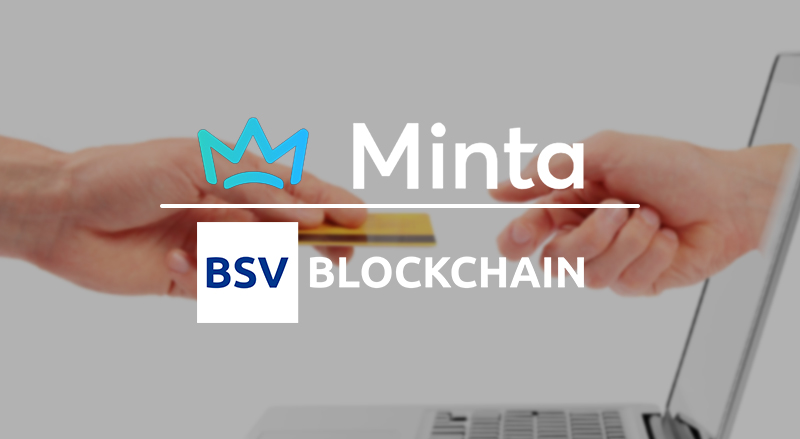The Covid-19 pandemic has spurred financial inclusion – driving a large increase in digital payments amid the global expansion of formal financial services.
This expansion created new economic opportunities, narrowing the gender gap in account ownership, and building resilience at the household level to better manage financial shocks, data from the World Bank shows.
These digital payments cover a wide range of products and services, including food, clothing, subscriptions, and face-to-face transactions. The adoption rate of digital payments is increasing at a rapid pace, particularly in developing economies where mobile money has surpassed traditional financial institution payment systems.
Digital payments and social media
This trend is positive news for creators, as it indicates that a significant portion of the global population is comfortable with digital transactions and more likely to recognise the value of goods and services offered through digital platforms.
However, there is a downside for creators, specifically small to medium-sized businesses that rely on retail customers. They face challenges in creating and managing digital assets for their businesses and establishing a sustainable value chain alongside them.
While existing platforms excel in facilitating simple binary transactions, such as straightforward purchases, they fall short in delivering ongoing growth and value enhancement throughout the entire lifespan of the products and services being sold.
Enter Minta
Recognising the limitations faced by creators, Gate2Chain has collaborated with creators from various industries to identify these challenges and develop solutions to overcome them. The result of their efforts is Minta, an innovative digital marketplace that enables creators to determine the long-term value of their products and services.
Minta goes beyond the transactional nature of traditional buying and selling platforms, unlocking new opportunities for value creation. The idea is that every time that that ticket or that token gets resold if you allow that feature, a certain percentage goes back in the form of a royalty or Satoshis to the original artist.
The same principle can be used to tokenise other items, such as physical or digital artwork, to ensure that the artist receives royalties as their work is sold from one collector to the next.
How blockchain lets creators earn royalties down the line
To illustrate this issue, consider a musician selling tickets to a local performance. Once the ticket is sold, the buyer can resell it at a higher price without any financial benefit accruing to the musician. The same applies to artwork or blocks of hotel bookings.
However, by securing these assets on a blockchain and connecting them to smart contracts with conditional triggers, incremental payments can be directed back to the original owner when the assets are resold in the secondary market. This extension of the value chain gives the content or service provider control over how and when they derive value from their creations.
Minta effectively allows users to create a Metanet object which has the ticket information inside of it, which includes the QR code. Organisers can then wrap it up in a legal contract and make an NFT, or token, out of it. Then you are allowed to place a royalty on that, which either comes back to the creator or the artist itself.
Other benefits of Minta include:
- Turn a song into a digital asset and sell it directly to a peer or fan;
- Create a digital twin of a painting/a shirt to bring value to the authenticity of that product;
- Turn a membership (gym/club) into a token and sell it directly to a peer;
- Build communities and reward them with products, relationship-building, discounts, and direct payments;
- Allow direct and conditional payments among your users;
- Program money and value and add money to a message;
- Give users their own digital wallets and allow them to create their tokens in the marketplace you create.
